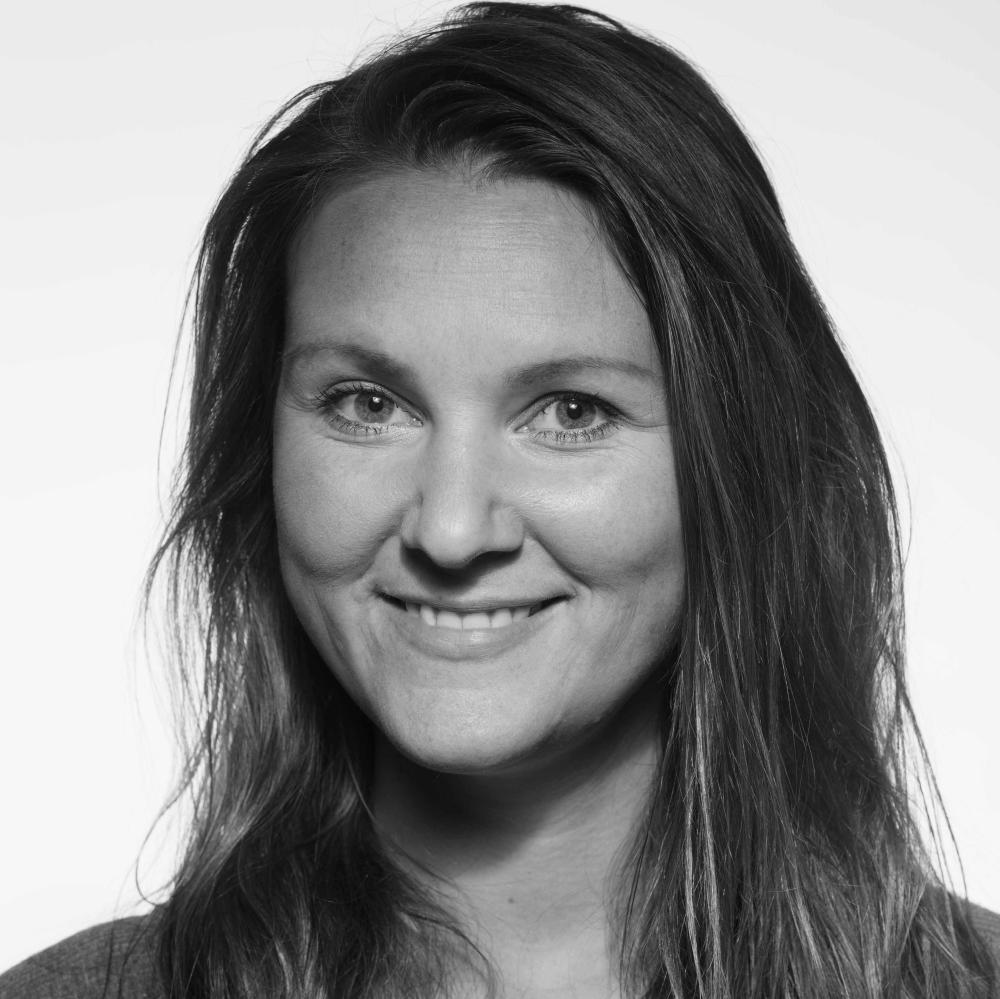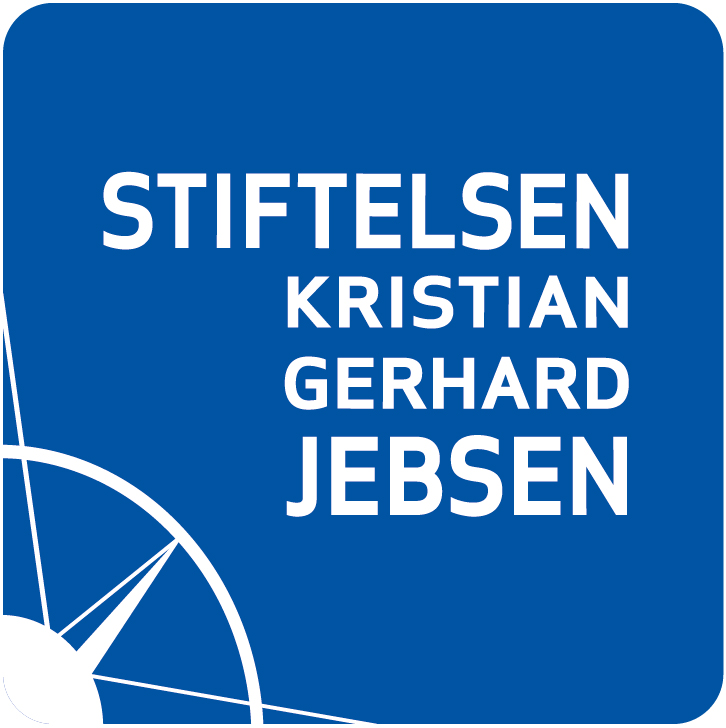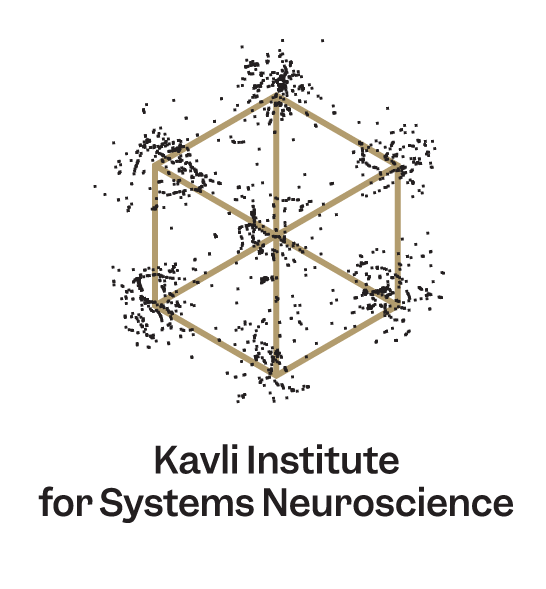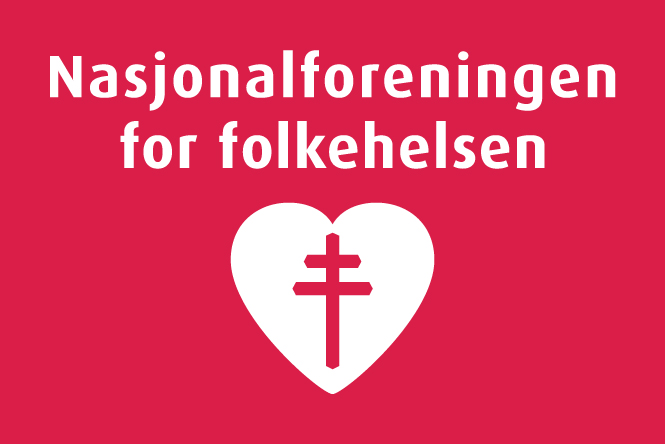Academy member - The Kavli Institute for Systems Neuroscience

Tora Bonnevie
Tora Bonnevie is a researcher at the K. G. Jebsen Centre for Alzheimer’s Disease (NTNU) and associate professor at the Dept. of Neuromedicine and Movement Science (NTNU). She is a neuroscientist with background as a medical doctor, and has a strong interest in translational neuroscience. Bonnevie has studied the physiology of memory and spatial representation in rodents and humans, including both patients and healthy controls, at different scales and with different methods.
Bonnevie aim is to bridge knowledge across studies in animals and humans, from basic science to the clinic, despite the interdisciplinary challenges. Her overarching goal is to translate recent insights in the physiology of cognitive brain functions into better understanding of human brain disorders, including but not limited to Alzheimer’s disease.

Photo: Terje Trobe
Position
Researcher at the K. G. Jebsen Centre for Alzheimer’s Disease (NTNU)
Associate professor at the Dept. of Neuromedicine and Movement Science (NTNU profile)
Selected publications
Bonnevie T and Zaghloul KA. The Subthalamic Nucleus: Unravelling New Roles and Mechanisms in the Control of Action. Neuroscientist 2019 Feb;25(1):48-64.
Bonnevie T, Dunn B, Fyhn M, Hafting T, Derdikman D, Kubie JL, Roudi Y, Moser EI, Moser MB. Grid cells require excitatory drive from the hippocampus. Nat Neurosci 2013 Mar;16(3):309-17.
Hafting T, Fyhn M, Bonnevie T, Moser MB, Moser EI. Hippocampus-independent phase precession in entorhinal grid cells. Nature 2008 Jun 26;453(7199):1248-52.
Project involvement
Bonnevie is working on two projects which aim to bridge cognitive neuroscience and clinical neurology. First, they are studying how space and time is represented in the human brain, through approaches that are closely linked to corresponding studies in rodents. Second, they are studying how these functions are affected by early Alzheimer’s disease. Thus, the projects involve two steps of translations: first from rodents to humans, next from health to disease.





